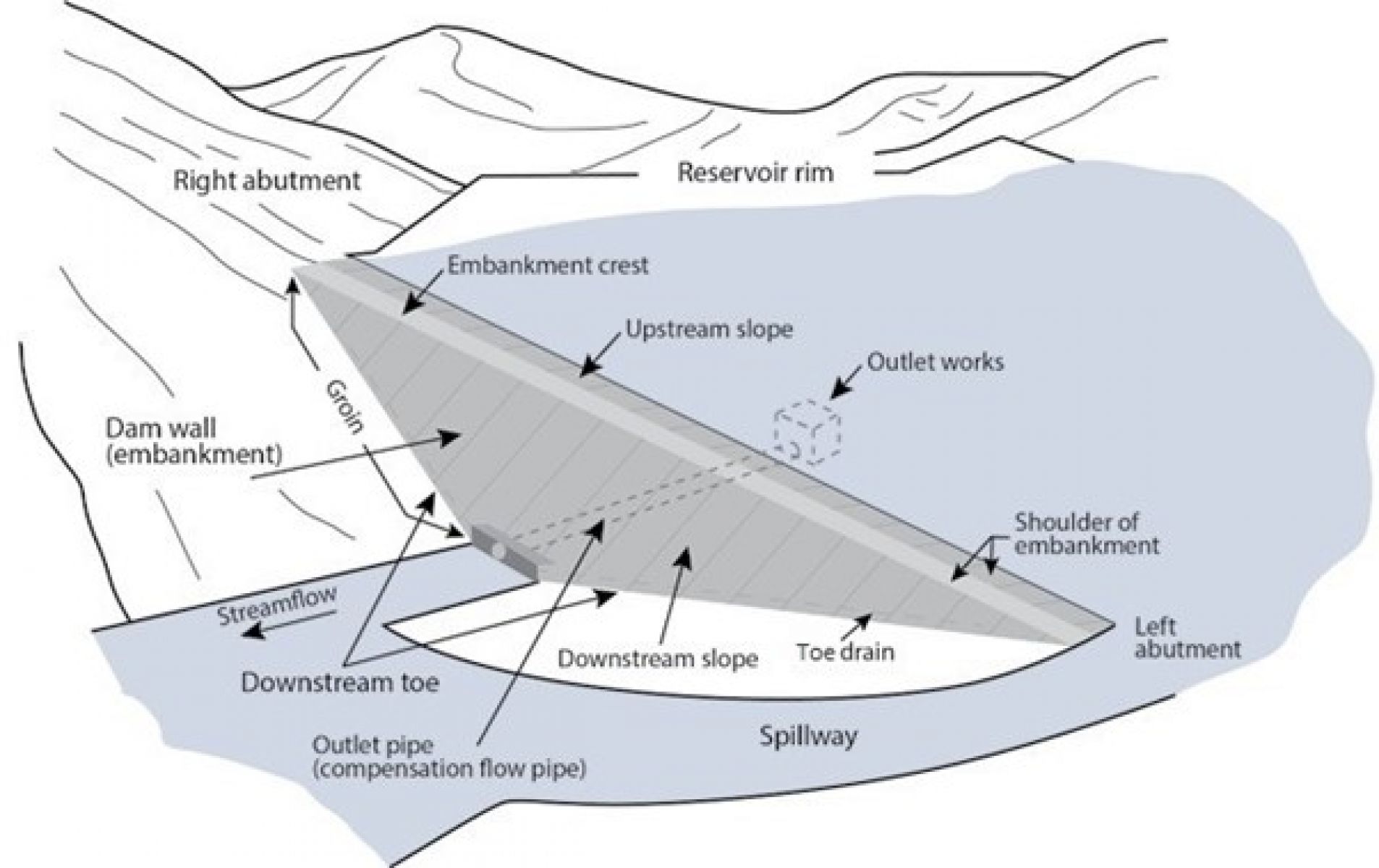On this page:
Victoria has over 450,000 dams – a number which shows how important dams are to the economy and our way of life.
The sizes of our dams range from major water storage to small swimming pool-sized dams on farms or lifestyle properties. The smaller privately owned dams are the most common type of dam in Victoria.
Victoria's dams have a total storage capacity of about 13,400,000 million litres.
Interactive map
Use the interactive map to find local water information for your area such as the location of water storages, water corporations and catchment management authorities.
View a larger version of this map
How to use the map
- Enter your address in the Find Location search bar.
- To filter, use the cog icon to narrow your search.
- Select your address using the magnifying glass icon.
- Zoom out and/or select the coloured section of the map for more information.
How we use our dams
Dams have many social, economic and environmental benefits.
The vast majority of dams in Victoria have been built to capture water during rainfall and store it for use in times when it is most needed, for a variety of purposes.
We depend on dams to supply water to our homes, businesses, industries and farms.
Common uses of dams
Farming
These dams store water for domestic use, for stock or for irrigating crops and pasture.
Town water and irrigation water supply
These large dams – or storages – store and supply water for use in towns, cities, industry or large farming areas.
Water corporations manage these dams on behalf of the Government. The areas around some of these dams may be closed off from public use to protect the quality of the water.
Generating power
These large dams hold water for cooling coal or gas-fired power stations or to generate hydro-electric power.
Recreation
Some of the lakes created by dams are used for recreational activities such as boating and fishing.
These dams can be popular tourist destinations. The tourism generated by these dams can be important to the social and economic well-being of regional communities.
Reducing flood damage
These dams protect residential areas from flooding.
Often quite small, they are built in urban areas and are commonly known as flood retarding basins. These basins are empty during dry periods and fill up with stormwater when it rains heavily.
This water is then slowly released into the drainage system minimising flooding impacts from the storm. But if more rain falls than the basin can hold, the additional water will spill and may cause flooding.
Protecting the environment
These dams hold the liquid waste material from industrial and mining processes, allowing sediment to settle over time for later disposal.
These dams are called tailings dams or mine tailings facilities and have an important role in protecting the environment.
Types of dam construction
Embankment dams
These are made of earth or a combination of earth and rock. Embankment dams are heavy enough to hold back the force of the water that builds up behind the wall. Different types of earth are selected carefully to form a barrier that stops water flowing through the dam.
Concrete gravity dams
These use large amounts of concrete to hold back the force of the water. Some of these dams can withstand a flood going right over the top of the whole structure.
Arch or buttress dams
These are special kinds of concrete dams that use their shape to transfer the force of the water to strong rocks around or under the dam.
Arch dams are curved to transfer the load of water to the sides (abutments). Buttress dams use their shape to transfer the load to the base (foundation) of the dam.
Dam schematic showing primary features

How water can be released from dams
Dams are built in a way to release water from the dam for use, as well as to release excess water out of the dam.
Outlet pipes
Outlet pipes are typically put through the bottom of the dam wall while it is being built. They are used to supply water from the dam and to empty the dam when needed.
Spillways
Spillways are channels that are cut lower than the top of the dam. They are designed to allow water to flow out of a full dam to stop water flowing over the top of the dam causing damage.
Small dams may have a simple depression on the ground or an overflow pipe to provide the function of a spillway. Spillways in larger dams are typically channels made of concrete.
Some spillways have gates. In Victoria, many of these gates were included to increase the amount of water stored in the dam. Spillway gates can also be used to control floods.
Although dams with spillway gates can make some difference to downstream flooding, dam owners operate their dam primarily to protect the safety of the structure and to conserve water for future use. They do this by closely watching weather forecasts, actual rainfall and river flows and adjusting their dam management strategies when required.
Page last updated: 13/02/25
